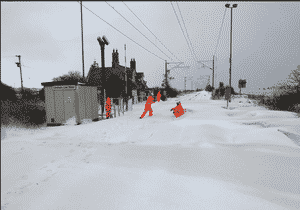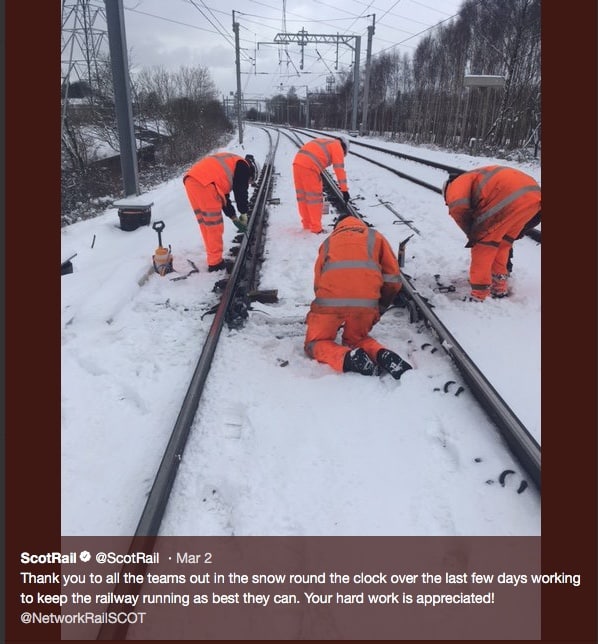Remember the numbers! Media Training basics
Remember the numbers! This needs to be a new mantra for anyone planning high profile media interviews. Sadly the media are deeply unforgiving of someone who doesn’t know a number.
Nicola Sturgeon forgets the cost of Scottish Independence
Nicola Sturgeon was last Friday, the latest in a long line of politicians to forget a key number and be chased for it, in this case during a Channel 4 News interview.
Eventually, she admitted she had forgotten what number a leading academic had put on the cost of setting up Scotland as an independent nation. (The answer, by the way, was £450 million.)
Interestingly to me, this was a pre-recorded interview which was edited and packaged up. You can watch it here, the key exchange starts at 1.58 in. Even though the journalist, Ciaran Jenkins, could easily have left out the embarrassing moments showing Sturgeon forgetting the number, he, of course, chose to include it.
Chasing the number has become ‘fair sport’
Politicians do have it tough and are juggling a huge amount of information that they can be pigeonholed about at any time. In recent years it has become ‘fair sport’ to embarrass political figures with repeated questioning about a number.
It happened most excruciatingly to Diane Abbott here in an LBC interview about the cost of extra police.
It was said afterwards that Abbott was unwell; she has Type 2 Diabetes and was struggling to control her blood sugar levels and, it was claimed, was therefore confused during this interview. Shortly afterwards she stood down temporarily due to ill health, just before the June 2017 election.
Not knowing the number suggests a careless attitude
Jeremy Corbyn also forgot a key number in this BBC Radio 4 Woman’s Hour interview where he couldn’t remember the cost of a policy to provide free childcare to all pre-school children, a key policy in the Labour manifesto.
I do have sympathy but there is no doubt that not knowing how many millions of pounds you are planning to spend on a new policy is hugely damaging. It makes it look as if you have a careless attitude to public money.
Pay is another area where not knowing the numbers can get you negative headlines. And it’s not just journalists that are unforgiving.
Do you know how much you earn?
MPs on the Public Accounts Committee were extremely irritated when in February 2016, Google’s European CEO failed five times to answer a question about how much he earnt. In the end, he said ‘I don’t have a figure’. Given that he was trying to explain why Google was paying so little tax into the UK coffers, the performance led to bruising headlines. You can read the Daily Mail’s coverage of that event in February 2016 here.
And more recently Marion Sears, the remuneration committee chairwoman at Persimmon, admitted to the Business, Energy and Industrial Strategy committee that she did not know the average pay of workers at her company, and appeared to forget that Persimmon had given the CEO Jeff Fairburn a £45m bonus the year before. None of which went down well with MPs or the media. Here is the Independent’s coverage.
The lesson: If you are doing a high-profile interview or a select committee – sort out the numbers and rehearse and learn the argument. In Messaging or Media Training sessions, we build facts and numbers into our message houses and then strongly advise interviewees to rehearse these aloud – to build what we call ‘tongue memory’.
If you want help with either message building or interview rehearsal The Media Coach team can role-play realistic interviews with you and provide coaching before the event.


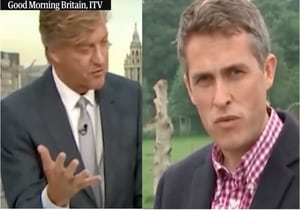
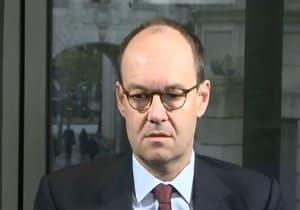


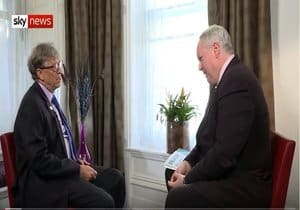



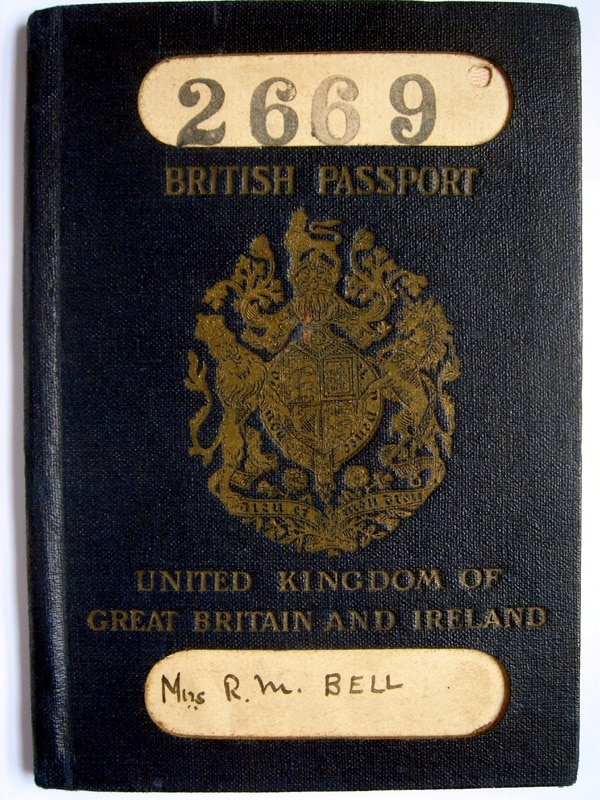
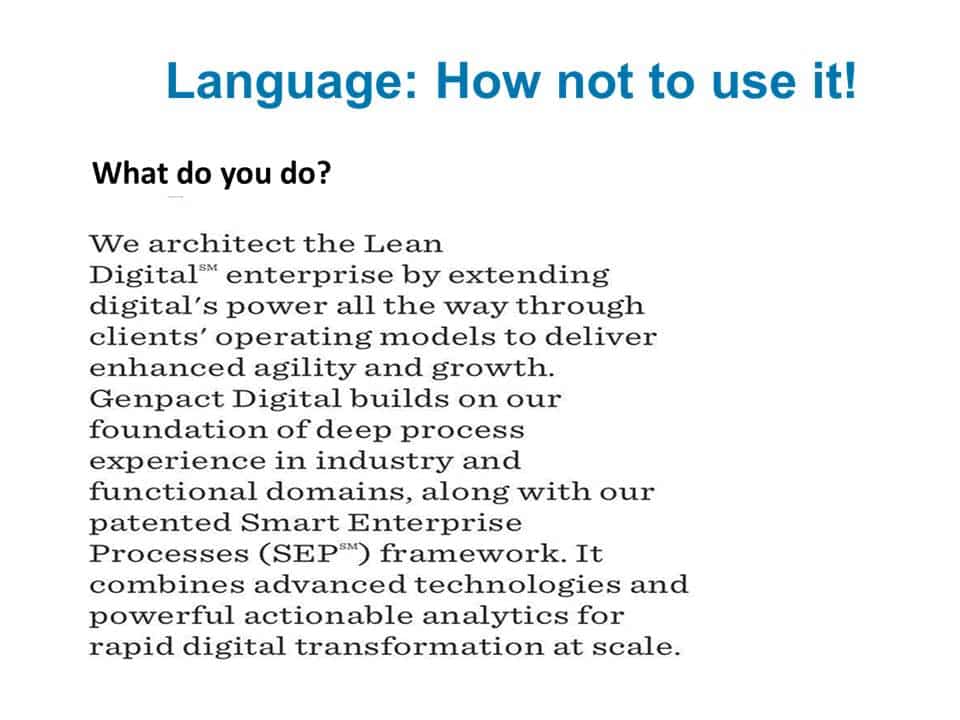
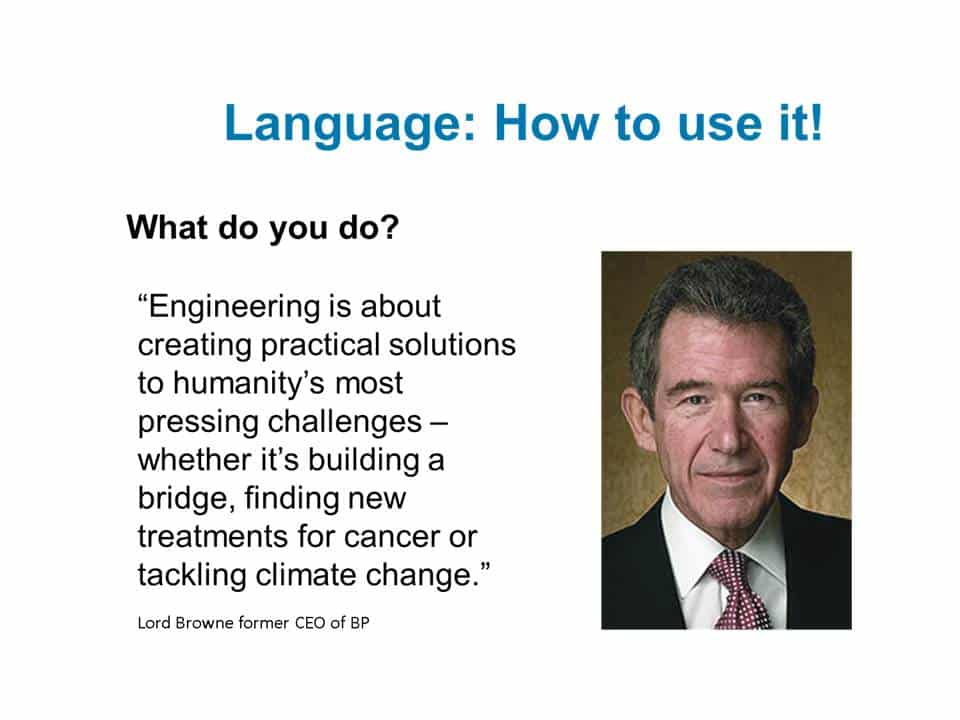 In a recent training my colleague Catherine Cross compared a description of a company that was doing the rounds on LinkedIn with a quote about engineering from former BP CEO Lord Browne. Both are attempting to explain a professional concept. But we think Lord Browne wins hands down because he gives examples that people can visualise and this is much more powerful than a lot of conceptual words.
In a recent training my colleague Catherine Cross compared a description of a company that was doing the rounds on LinkedIn with a quote about engineering from former BP CEO Lord Browne. Both are attempting to explain a professional concept. But we think Lord Browne wins hands down because he gives examples that people can visualise and this is much more powerful than a lot of conceptual words.



